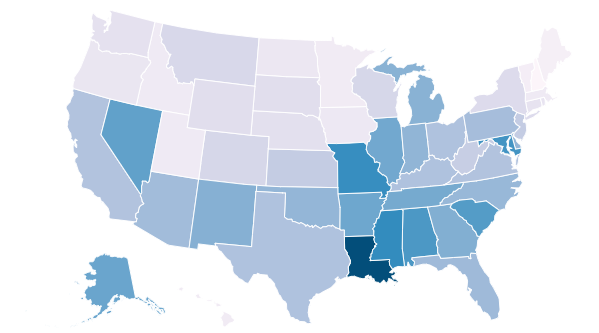From your grandmother’s collection of cheesy mysteries to podcasts that make you afraid to walk home alone, accounts of murder follow us everywhere. But is the world really as dangerous as these stories make it out to be?
Who are the victims and who are the killers, really? Where does fiction end and fact begin?
To find out, we compared our State of Safety report to five years of FBI statistics. Turns out murder is a lot less common than people think it is.
From 2013 through 2017, the US averaged 4.9 homicides per every 100,000 people. Compared to homicide rates in other countries, this rate is extremely low. For example, Honduras loses 74.6 lives per every 100,000 while El Salvador loses 64.2.
But with the popularity of crime stories, it’s easy to feel like there’s a threat around every corner. Get the facts by finding out which states actually rank highest and lowest for murder.




